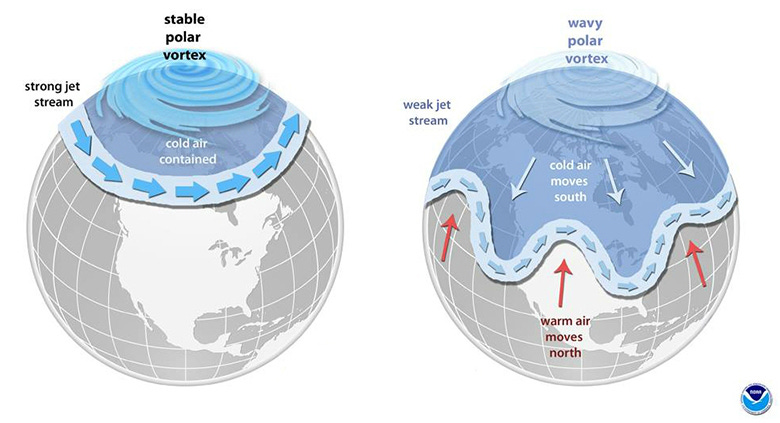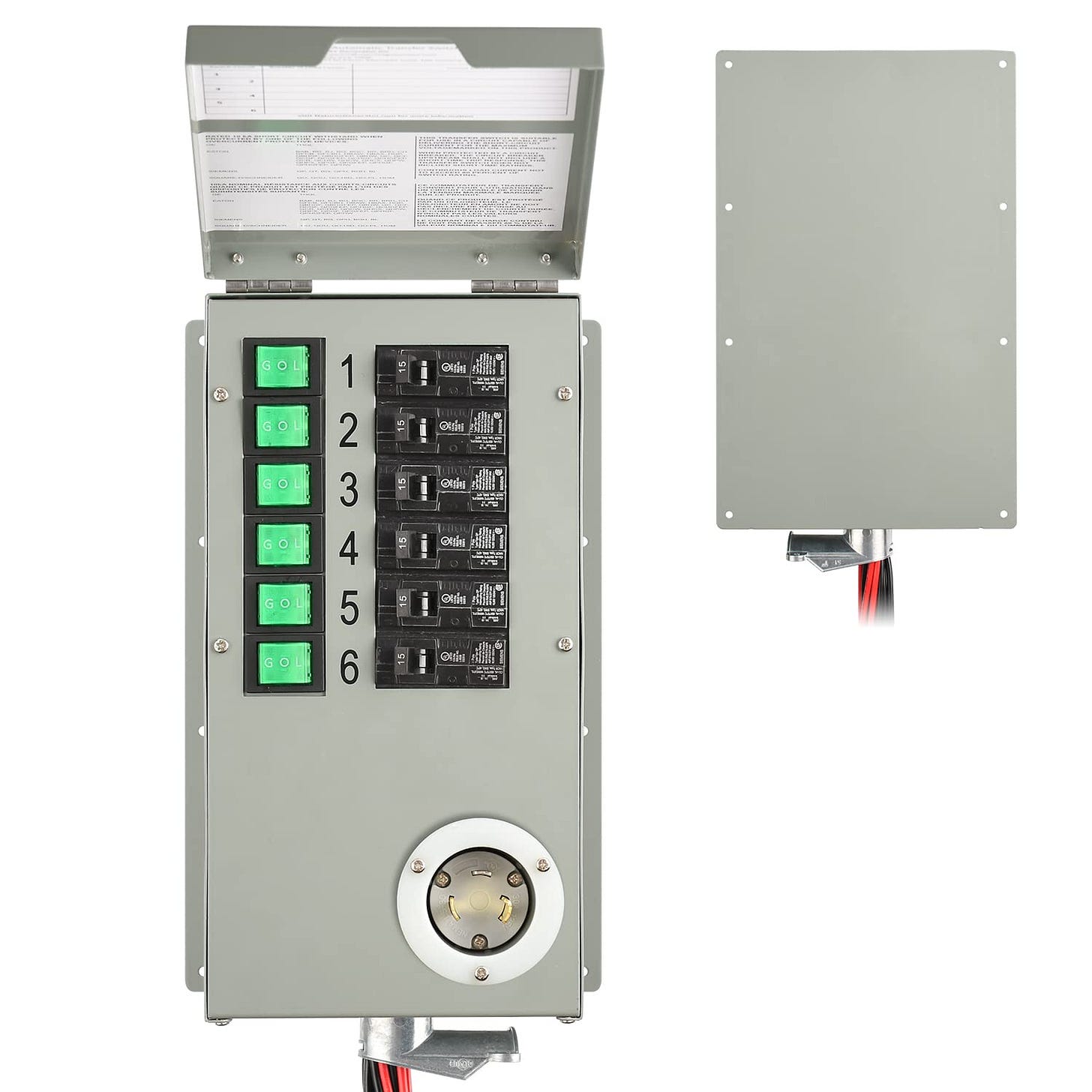Blackouts: Did You Know EV Cars are a Backup Power Source for Your House?
While your GOP friends are sitting in the dark complaining that they can’t follow Trump on his Nazi-infested social media site or recharge their phones, you can ride out the next storm in comfort!
Republicans deny climate change and hate on electric vehicles. As such, they’re risking induction into the Darwin Awards Hall of Fame: they’re risking their own safety and comfort, and, in some cases, even their lives.
As I’m writing these words, it’s sixteen degrees Fahrenheit here in Portland and the winds are whipping down the Columbia River at up to 60 miles an hour.
Which raises two questions: Why is America experiencing such extreme cold in an era of global warming, and is there any way we can power our homes with our cars in a blackout?
First, the weather.
Ironically, global warming is what’s driving this insanely cold weather across the nation. But have you heard even one single commentator or weather person on TV mention that? Have you seen a single article about it? It’s like everybody’s afraid that Republican partisans, funded by the fossil fuel billionaires, will attack them or they’ll lost their job for pointing out the simple science.
Here’s how global warming makes it colder:
The temperature differential between arctic air and that of the mid-latitudes where most of us live produces a river of high-altitude, fast-moving air that circulates around the top of the globe. It’s called the Polar Jet Stream and acts like a wall of sorts, keeping cold arctic air up in Santa’s territory and warmer air intact down here in the United States.
Most of us are familiar with this phenomenon of air masses of different temperatures hitting each other: we call them cold fronts or warm fronts, and they typically produce high winds and strong weather, like when warm, moist air hits cold dry air and produces thunderstorms or even tornadoes. The bigger the temperature differential, the stronger the front and more extreme the weather.
A similar thing happens with the Jet Stream, whose speed and position are determined in part by the difference in the air temperatures north (the arctic) and south (us) of the Jet Stream.
Because of global warming, however, the arctic is now heating up at least four times faster than where we Americans live, meaning that the difference in temperature between the warming arctic air and our American air (warming only 1/4th as rapidly) decreases every year.
As that air temperature difference decreases, the Jet Stream weakens.
A weakened Jet Stream, in turn, can no longer hold its position over northern Canada and begins to get what climatologists call “loopy”: it slides down over the US, sometimes going as far south as Texas. When that happens, the extremely cold polar air behind (north of) the Jet Stream drools down here and brings us insanely cold arctic air and extremely high winds, as you can see in this image from NOAA:
Which, in turn, increases demand for electricity at the very same time trees and power lines are freezing and blowing over and producing blackouts.
And, because these “loopy polar vortex” or “bomb cyclone” events caused by the Jet Stream drooling down over the United States are getting more and more common (because of global warming), the odds of your losing power in most parts of the country increase every year.
Which brings us to electric vehicles.
Most of the newer EVs on the market (except Teslas) have built into them systems that can power your home, or at least parts of it, during a blackout. They’re called either Vehicle-To-Load (V2L) or Vehicle-To-Home (V2H) systems and they can be a literal lifesaver in the event of a blackout.
Several different companies make what are called “power transfer kits” that make this process easy and typically cost less than a grand, including the cost of an electrician to install them.
Most of the kits were originally designed to switch a home’s power from the grid to battery backup, a gasoline generator, or solar/wind systems, but now companies are making them specifically to power your home with your electric car.
They’re basically circuit breaker boxes that you have a licensed electrician mount next to your home’s regular breaker panel. They come with as few as four or as many as 12 breakers in them, although six is probably most common and will meet most homes’ needs.
The electrician will take the hot (black) line from each of the six (in this example) breakers in the power transfer kit and connect them to the hot sides of six breakers in your home panel. This lets you choose up to six (in this case) circuits you want to keep powered by your car. (For our home, for example, it would be: refrigerator/kitchen, computers/home office, bathroom, bedroom/TV, internet modem/router, living room.)
When the power goes out, you first turn off the main breaker into your house to isolate it from the grid. Then, run a cord from the charging port on your car straight into the round front-facing outlet on the power transfer kit, making your car’s 110-volt inverter output available to the transfer kit and flip each of the six breakers on the kit into the “on” position, feeding that juice into your home’s breaker box.
Your car is now powering those six circuits in your home: easy peasy.
And when the power comes back on (notice your neighbors, as your mains are off), turn off those breakers, disconnect the car, turn the mains back on, and now you can recharge the car. (There are other, cheaper ways to do this without a transfer switch, as you can see on this YouTube video titled “5 days of emergency backup power,” although they’re a lot less idiot-proof.)
The caveat here is that you won’t have enough juice from your car to run electric-only HVAC systems or electric water heaters; that’s where a good wood stove or fireplace are helpful backups, too.
If you have a gas furnace, however, your car can easily run it (along with the rest of your house) and keep you warm: typical oil- or gas-fired home heating systems use around 400 watts when the fan is running and new ones use as little as 75 watts.
Meanwhile, a 77 kWh (77,000 watts) battery like in my Hyundai Ioniq5 will power home lights, the refrigerator, TV, and routers and computers for several days if electricity is used sparingly.
Other cars that will power your home this way include:
— Ford F-150 Lightning
— Genesis GV60
— Hyundai Ioniq 5
— Hyundai Ioniq 6
— Kia EV6
— Kia Niro
— Mitsubishi Outlander PHEV
— Nissan Leaf
— Volkswagen ID.4
— Volvo EX90
— Chevrolet Silverado
— Chevrolet Blazer
— Chevrolet Equinox
— GMC Sierra EV Denali
— Cadillac Lyriq
— Cadillac Escalade IQ
And, of course, more electric cars built with these systems in them are on the way. V2L and V2H are increasingly standard on electric vehicles (you often see the feature advertised with people powering campsites with their cars, for example).
So, while your Republican friends are sitting in the dark complaining that they can’t follow Trump on his Nazi-infested social media site or even recharge their phones, you can ride out the next storm in comfort!





This is amazing! I live in the Seattle area and we’ve never bought a generator (every year we discuss it). I think our next vehicle will be an EV. This should be part of the marketing, especially in the Pacific Northwest!!
"... sitting in the dark complaining that they can’t follow Trump on his Nazi-infested social media site..."
And probably saying that the power never went out when TRUMP was president!! Joe Biden cut our power!! 🤣